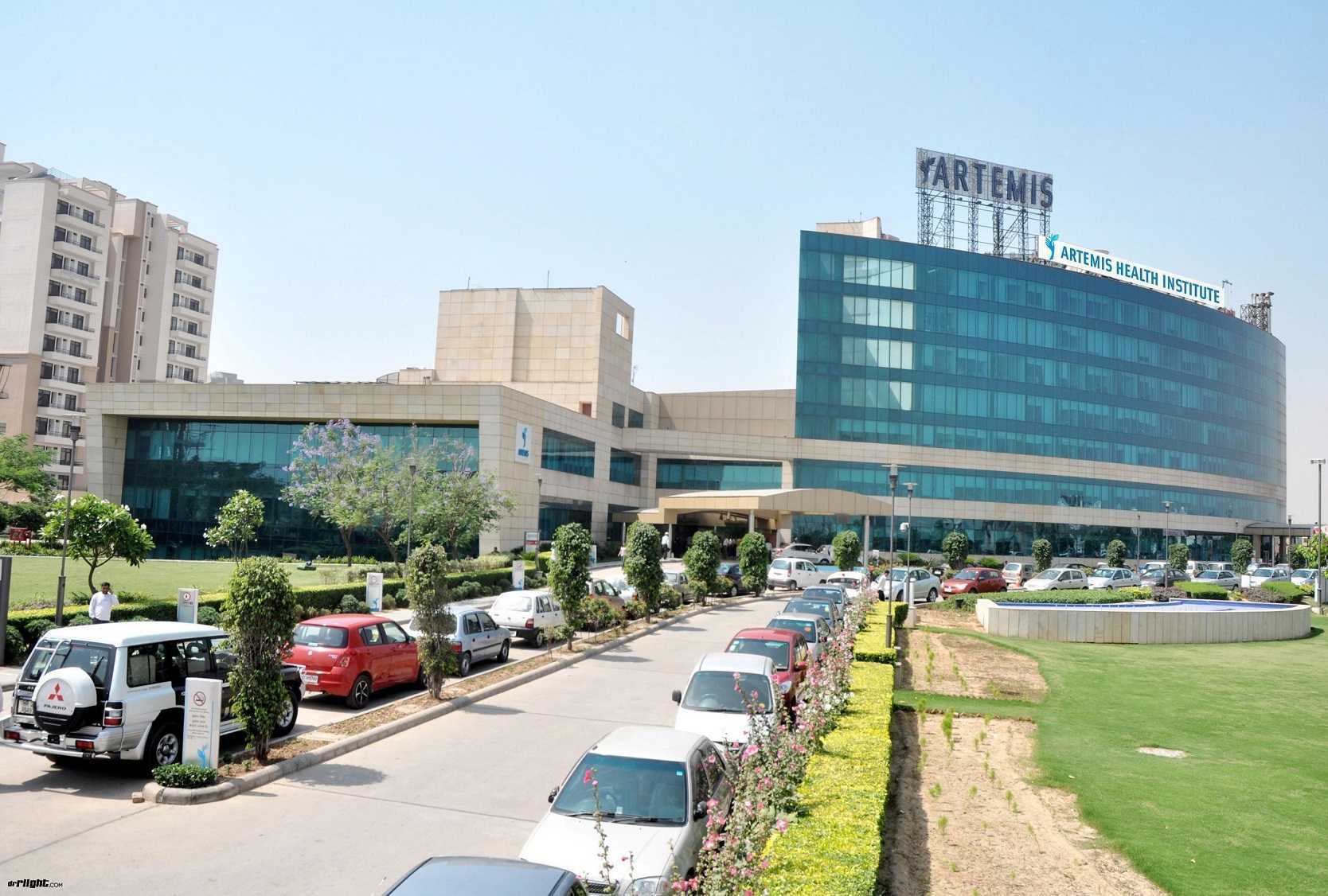Hair Transplantation
Hair transplant – method used in baldness or alopecia treatment. Thinning hair rows or complete hair loss are mainly due to genetic factors. Additionally, certain serious pathologies, trace elements and vitamins deficiency in diet, and constant stressful environment can provoke this problem.
Alopecia, detected at an early development stage, is cured with medication, topical preparations or apparatus methods. Mostly, the only solution is hair follicle transplantation.
Hair graft and operations types
There are 4 hair transplantation types.
- Hair transplant from the head’s sides and back. Surgeons move grafts to the pathology affected area or where baldness occurs.
- Under the hairline, located next to the bald area, tissue expander is placed – it provokes skin cells growth; they are healthy and capable of producing hair follicles. Then, surgeons place expanded tissue on the bald area.
- If baldness is large, it’s removed and replaced with skin flap with hair attaching to the original bloodstream.
- Bald area is removed; the haired scalp is pulled together, being able to cover the head.
Speaking about implant types, we note that donor hair transplantation is impossible – foreign hair follicles don’t take root in new organisms. For transplantation, doctors take hair from the head’s back and sides. If the hair there isn’t thick enough or damaged, grafts can be taken from the arms and other areas.
Hair transplants cost depends mainly on the affected area extension and its size. Additionally, it’s worth considering the technique the surgeon will use for the operation. This issue is discussed with patients separately.
Who needs a hair transplant?
Hair transplantation is necessary for people suffering from alopecia – pathology when the hairline rapidly thins and doesn’t recover. There’s no other cure for this disease.
Sometimes, hair loss with age is due to genetic predisposition. Hair doesn’t regenerate then. Even if health hazards are absent, baldness affects the overall aesthetics of people’s appearance.
How does hair transplant surgery work?
Operation is performed under local (patient is conscious), or general anesthesia. Usually several sessions are required, between which healing time is given – 3-4 months, depending on the area size and skin type. Final result of some hair transplant operations is seen 2-3 years after the treatment.
Within a month after the operation, transplanted hair falls out – it’s typical. After another month, hair growth resumes. Sometimes, experts resort to dyeing the hairline to achieve natural color.
Recovery and care after transplanting of hair
- It isn’t recommended to use tight-fitting or tight hats for 10-14 days after the procedure, as they provoke friction on the head surface and irritate it.
- When outdoors, cover your head with a loose hat; indoors – the head is open.
- Be sure to follow a balanced diet; don’t eat too many protein-rich foods.
- In the first 10 days after transplantation, patients shouldn’t do hard work or sport exercises.
- For the first 3 days, the head should be kept straight and not tilted forward – it’ll help prevent face swelling.
In the two-week postoperative period, patients must wash their hair first by applying special lotion, and then shampoo. Lotion moisturizes the skin, eliminating discomfort and allowing painless blood residues removal. It’ll be necessary to use special care products daily; they are given or recommended by doctors.
Complications
Hair transplants insertion connected with certain complications:
- new hair may begin to thin in places, requiring additional surgery;
- changes in the head skin tension provoking the scars formation or subcutaneous bleeding;
- infection and inflammatory process development;
- transplant won’t be accepted and won’t take root.










